Browse Inkind Donation Forms and easily discover relevant templates. Streamline and boost the document preparation procedures for your organization.



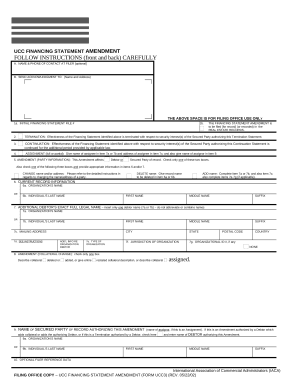
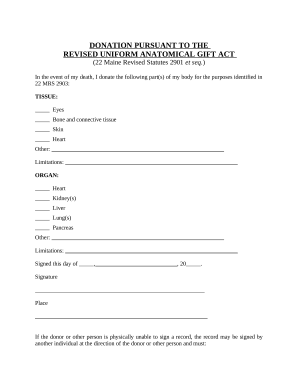
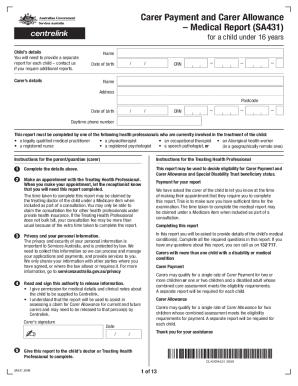



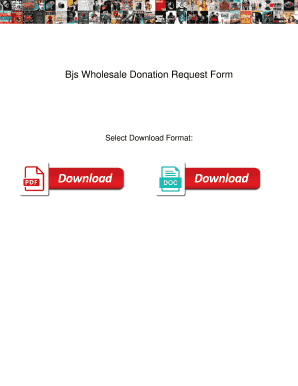



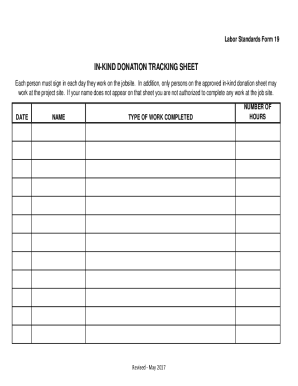
Form managing takes up to half of your office hours. With DocHub, it is easy to reclaim your time and effort and boost your team's productivity. Get Inkind Donation Forms collection and investigate all document templates relevant to your daily workflows.
Effortlessly use Inkind Donation Forms:
Improve your daily document managing with our Inkind Donation Forms. Get your free DocHub profile right now to discover all templates.